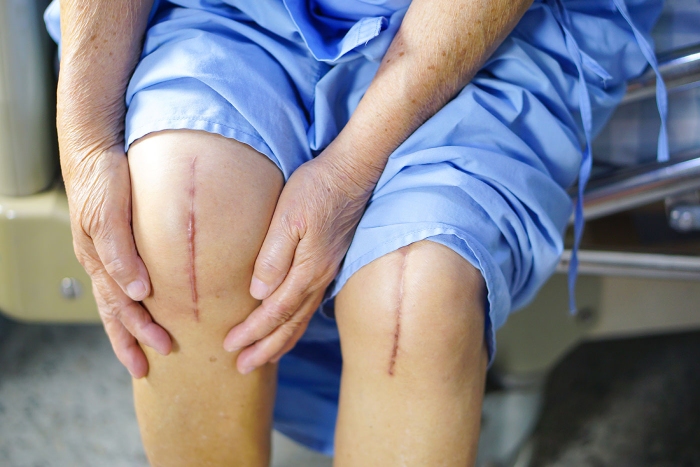A range of knee-related problems are treated by knee surgery, a frequent orthopedic operation. The knee is a complex joint that experiences significant wear and tear over the course of a person’s life, rendering it prone to damage and illness. We will discuss the most frequent knee operations performed by orthopedic surgeons in this blog post.
1. Knee Arthroscopy
A minimally invasive treatment called knee arthroscopy enables orthopedic surgeons to identify and address a number of knee-related issues. A tiny camera called an arthroscope is inserted by the surgeon after making a few tiny incisions near the knee. The surgeon can use the camera to view into the knee joint and spot any potential problems. Small instruments can then be used by the surgeon to fix the issue. Treatment for meniscal tears, ligament sprains, and cartilage loss typically involves knee arthroscopy.
2. Knee Replacement Surgery
Knee replacement surgery, also known as knee arthroplasty, is a surgical procedure that involves replacing a damaged knee joint with an artificial joint. Patients who have severe arthritis or other degenerative disorders that result in persistent discomfort and decreased mobility typically undergo this surgery. The injured joint is removed during knee replacement surgery and is replaced with an artificial joint made of metal, plastic, or ceramic.
3. ACL Reconstruction
One of the four primary ligaments that stabilizes the knee joint is the anterior cruciate ligament (ACL). ACL injuries are prevalent in athletes and other active people, and they can result in knee discomfort, swelling, and instability. ACL reconstruction is a surgical procedure where a graft is used to replace the torn ligament. Usually, the patient’s hamstring or patellar tendon will be used as the source of the graft.
4. Meniscus Repair
The meniscus is a C-shaped section of cartilage that cushions and supports the knee joint. Common knee ailments like meniscal tears can result in pain, edema, and stiffness. In a surgical operation called meniscus repair, the torn meniscus is fixed using sutures or other techniques. Usually, younger patients with decent knee function undergo this operation.
5. Lateral Release
The lateral retinaculum, a tissue on the outside of the knee that aids in holding the kneecap in place, is severed during a surgical procedure called lateral release. The majority of patients who undergo this operation have patellar tracking dysfunction, a condition that makes the kneecap fall out of place. The kneecap’s alignment can be helped by lateral release, which can also lessen knee pain and instability.
Knee surgery is a common orthopedic procedure that can help address a variety of knee-related problems. Among the most frequent knee procedures orthopedic surgeons undertake include lateral release, meniscus repair, ACL restoration, knee replacement surgery, and knee arthroscopy. Consult with an orthopedic professional to identify the best course of action for your condition if you have knee pain or other symptoms connected to the knee.


